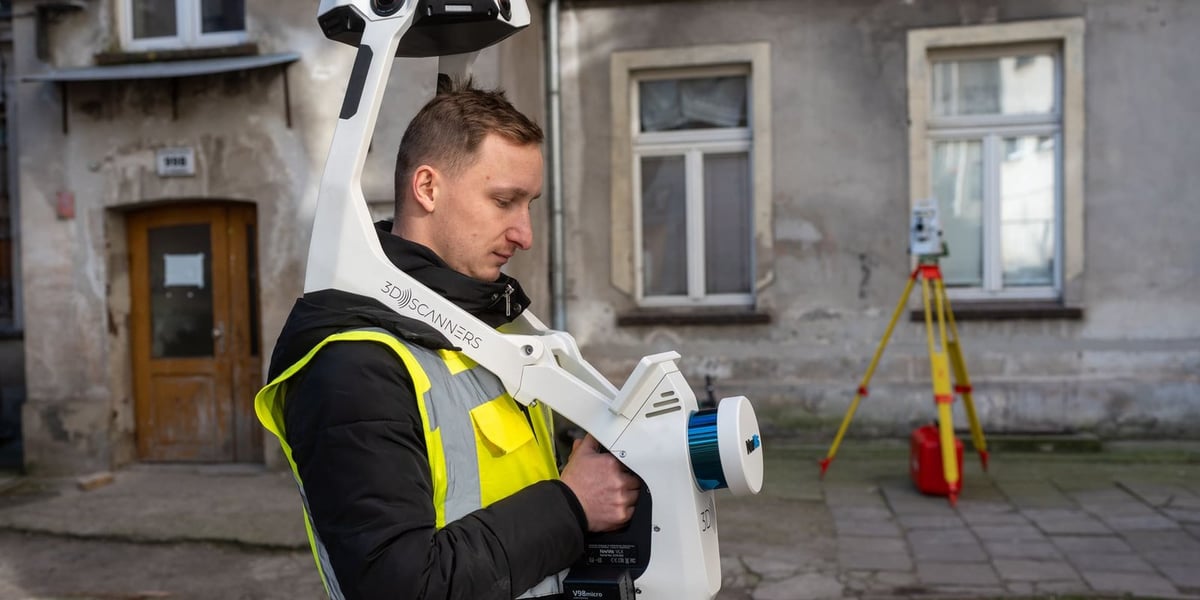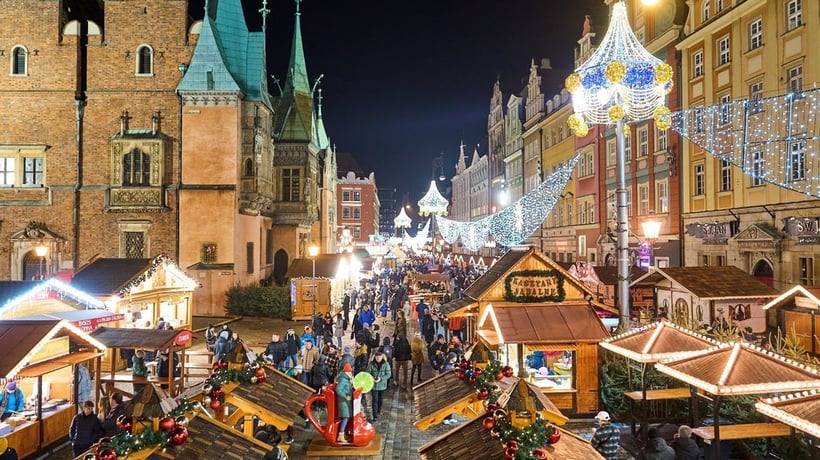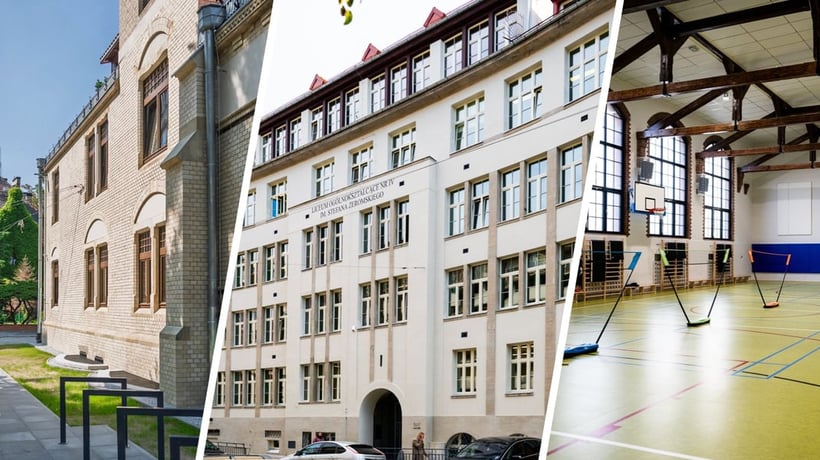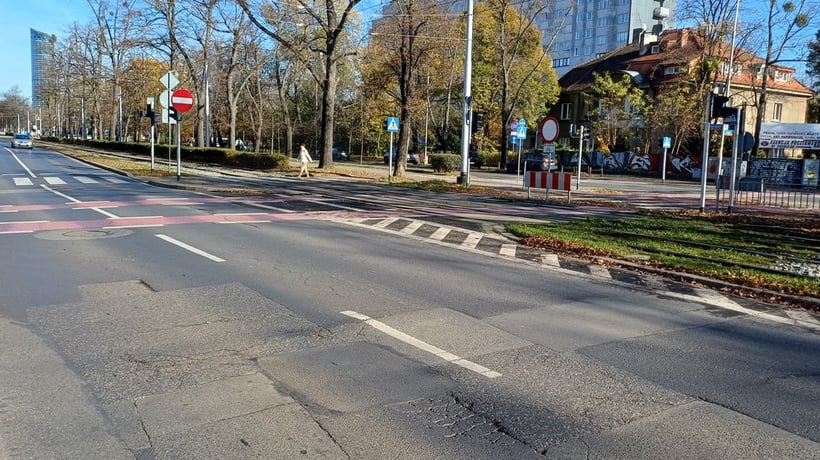NEEST is a EU research project aimed at creating ready models of energy transformations of buildings – not only tenement houses but also blocks of flats or public institutions, e.g., schools. Wroclaw co-creates the project with Kraków, Łódź, Rzeszów, Warsaw, and the National Centre for Research and Development. Each of the five cities worked on areas with a complex architectural and property structure. The buildings are representative on a municipal and national scale. The solutions elaborated together should also ultimately serve residents and administrators in other locations and cities.
‘Currently we are engaged in the laser scanning of buildings in the part of Przedmieście Oławskie so as to come up with their virtual models. This will allow us to use them, with the help of new technologies, for testing proposed solutions that will contribute to the reduction of electrical and heat energy consumption. When the energy efficiency of buildings is increased, residents would pay lower bills,’ says Katarzyna Szymczak-Pomianowska, the director of the Department of Sustainable Development in the Wroclaw City Office. ‘The outcome of the programme will be a catalogue with solutions elaborated by Wroclaw and the other four cities. Here we speak not only of technological but also legislative changes.’
What will be created under the NEEST project?
- a base of knowledge and tools for managing the reduction of emissions;
- technical and organisational building modernisation solutions;
- patterns for the revitalisation of space between buildings;
- model examples of engagement of the local community;
- funding models;
- political recommendations on the regional and national level.
‘It is worth mentioning that the city has not received funding for investment activities under the project. However, building owners or administrators will be entitled to apply for financial or other support in investment programmes with the use of applications elaborated in the NEEST project,’ says Katarzyna Szymczak-Pomianowska. ‘One of the biggest barriers to the implementation of climate transformation are shortages of funds and shortages of cost-effective financial mechanisms for residents and local governments. Recommendations of legislative changes elaborated under the NEEST project should contribute to the liquidation of this barrier.’
In the vicinity of tenement houses, the kindergarten and the museum
The quarter in Przedmieście Oławskie between Traugutta, Prądzyńskiego, Kościuszki, Komuny Paryskiej and Więckowskiego streets has been selected for pilot activities because of its varied terrain. It includes both tenement houses built at the beginning of the 20th century and newer multi-family buildings. We can also find public infrastructure here.
‘In order to obtain very precisely mapped models of this area, both the buildings and the ground, we must go through this area and take measurements by means of a mobile scanner. The data we obtain during this process form a cloud of points being a digital representation of what we see here. It provides metric data about the object, and this will allow us to make 3D models of objects in this city quarter after computer processing,’ says a representative of TDEC Group from Skawina about the process.
And, importantly, the measurement method is not invasive at all.
Key voice of residents
The voice of residents of scanned areas will also be necessary to prepare the solutions. Their ideas, comments and observations concerning energy consumption will be gathered by means of special questionnaires in spring. Building administrators also take part in the preparation of the technological concept.
Apart from that, workshops will be held this year with groups of stakeholders who will submit their recommendations. They will be an important part of the final product of the NEEST project – a universal catalogue for use in other European cities.
The partners of the NEEST (NetZero Emission and Environmentally Sustainable Territories) project are Polish cities: Kraków (the leader), Łódź, Rzeszów, Warsaw and Wroclaw and the National Centre for Research and Development.
The NEEST project is implemented under the EU’s mission ‘100 Climate-Neutral and Smart Cities by 2030’ and should support the pursuit of the EU’s 'fit for 55’ goal, which means the reduction of greenhouse emissions by at least 55% by 2030. It will last until May 2025 and is fully financed from the EU’s Horizon 2020 Framework Programme for Research and Innovation via NetZeroCities under the grant agreement no. 101036519. Its budget is around 1.5 million EUR.






